Home>Garden Essentials>How To Spread Germinated Grass Seed
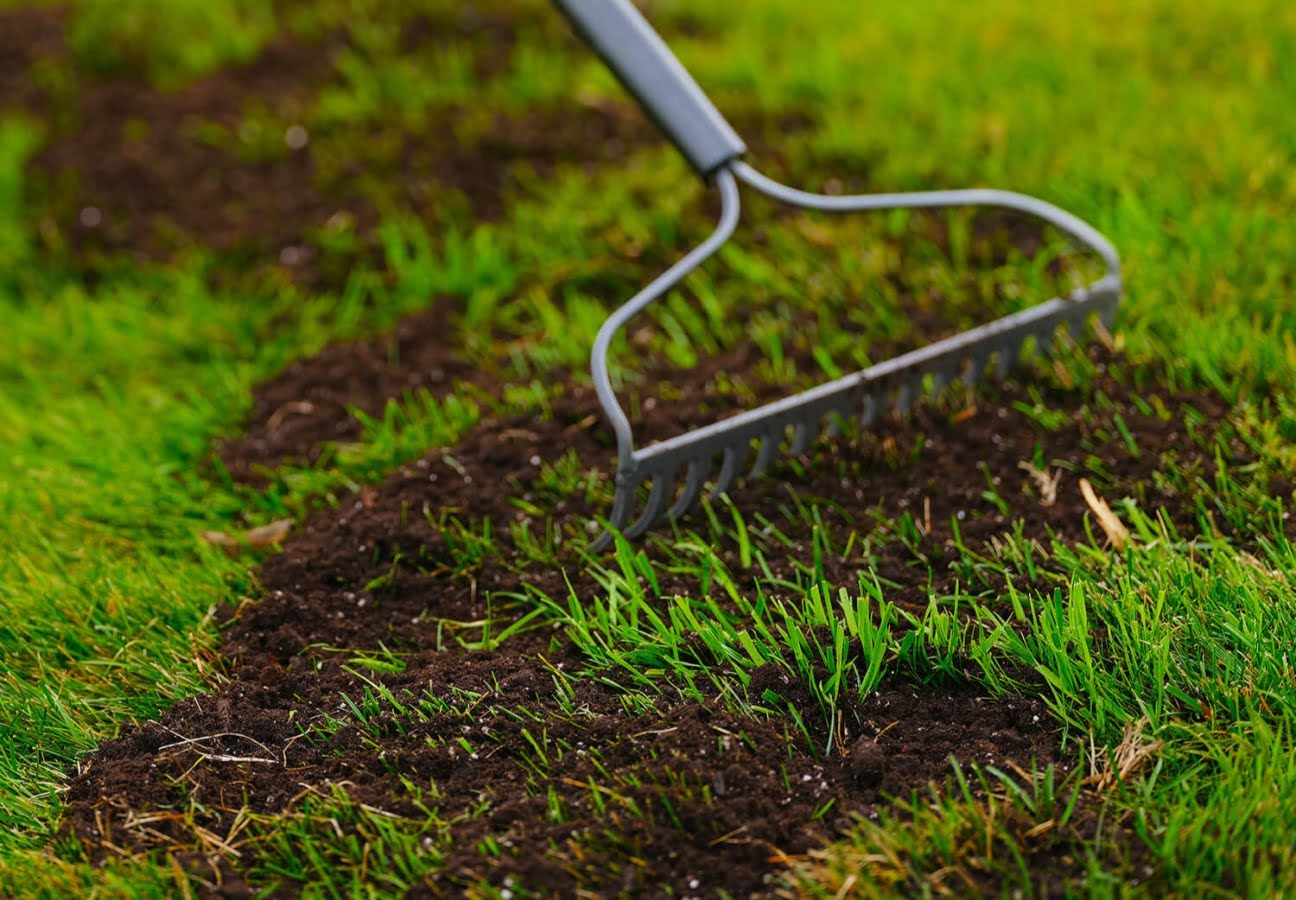

Garden Essentials
How To Spread Germinated Grass Seed
Modified: March 15, 2024
Learn how to successfully spread germinated grass seed in your garden and achieve a lush, green lawn. Expert tips and techniques for optimal growth and maintenance.
(Many of the links in this article redirect to a specific reviewed product. Your purchase of these products through affiliate links helps to generate commission for Storables.com, at no extra cost. Learn more)
Introduction
Growing a lush and healthy lawn starts with properly spreading germinated grass seed. Germinating grass seed before sowing it spreads evenly and encourages quicker and more consistent growth. By following the right steps and caring for the seeded areas, you can establish a vibrant lawn that will be the envy of your neighborhood.
In this article, we will guide you through the process of spreading germinated grass seed effectively. From preparing the soil to maintaining proper care, these steps will ensure successful germination and growth for your lawn.
Key Takeaways:
- Prepare the soil by removing debris, testing pH, aerating, and leveling. This sets the stage for healthy grass growth.
- Spread germinated grass seed evenly using a broadcast spreader and crisscross pattern. Water consistently and maintain proper care for a lush lawn.
Read more: How Do Dandelions Spread Their Seeds
Step 1: Prepare the Soil
Before spreading germinated grass seed, it is crucial to prepare the soil properly. This step sets the foundation for healthy growth and ensures that the seed has the best chance of establishing roots and thriving.
Here are the key steps to prepare the soil:
- Remove any existing debris: Begin by clearing the area of any rocks, sticks, or other debris. These obstructions can prevent the grass seed from making direct contact with the soil or hinder its growth.
- Test the soil: Conduct a soil test to determine its pH level and nutrient content. This will help you identify any deficiencies and allow you to amend the soil accordingly. Most grass varieties thrive in slightly acidic soil with a pH range of 6.0 to 7.0. Adjustments can be made by adding lime to increase pH or sulfur to decrease pH.
- Aerate the soil: Aerating the soil helps improve water and nutrient absorption, as well as enhances the seed-to-soil contact. You can use a pitchfork or a specialized lawn aerator to create small holes in the soil, allowing for better airflow and root development.
- Level the surface: Ensure that the soil surface is smooth and even. Remove any bumps or depressions by adding or removing soil as needed. A level surface provides a uniform environment for the germinated grass seed to establish and grow evenly.
By taking the time to properly prepare the soil, you create an optimal environment for the germinated grass seed to thrive. This sets the stage for successful germination and healthy growth.
Step 2: Germinate the Grass Seed
Germinating the grass seed before spreading it helps to kickstart the growth process and ensures a higher success rate for establishing a healthy lawn. This step is crucial for achieving even and consistent growth.
Follow these steps to germinate the grass seed:
- Choose the appropriate method: There are several methods you can use to germinate grass seed. One common approach is the “baggy method,” where you place the seed in a damp paper towel and seal it in a plastic bag. Another option is to utilize a seed germination tray or a seed-starting mix.
- Moisture is key: Regardless of the method you choose, it’s important to keep the seed moist throughout the germination process. Moisture helps to activate the seed and encourages root growth. Check the moisture levels regularly, ensuring the seed is damp but not soaked.
- Provide warmth and sunlight: Grass seed germinates best in warm and sunny conditions. Find a spot in your home with indirect sunlight, or utilize a heat mat to provide the necessary warmth for germination. Avoid exposing the germinated grass seed to direct sunlight, as it can dry out the seedling.
- Monitor and wait: Germination times can vary depending on the grass variety and environmental conditions. Check for signs of germination, such as tiny sprouts or root growth. Be patient, as it may take anywhere from a few days to a couple of weeks for the seed to germinate.
By germinating the grass seed before spreading it, you give it the best chance of successful establishment. This step ensures even growth and provides a strong foundation for your new lawn.
Step 3: Spread the Germinated Grass Seed
Once you have successfully germinated the grass seed, it’s time to spread it evenly over the prepared soil. Properly spreading the seed ensures consistent coverage and allows for healthy growth and development of your lawn.
Here are the key steps for spreading the germinated grass seed:
- Use a broadcast spreader: A broadcast spreader is an ideal tool for spreading grass seed evenly. It allows for a wide distribution pattern, ensuring uniform coverage across the entire area. Follow the manufacturer’s instructions for setting the spreader to the appropriate coverage rate.
- Divide the area into sections: If you have a large lawn, divide it into smaller sections for easier management. This will help you ensure that you spread the germinated grass seed evenly and avoid missing any spots.
- Apply the seed in a crisscross pattern: Start by spreading the seed in one direction, then cross over the first pass by spreading it in the opposite direction. This crisscross pattern helps to achieve uniform coverage and reduces the chances of missing any areas.
- Overseed thin or bare patches: Pay special attention to thin or bare patches in your lawn. Apply a slightly higher seed rate in these areas to encourage thicker and more robust growth.
- Use a hand-held spreader for detailed areas: For areas that are difficult to reach with a broadcast spreader, such as corners or narrow strips, use a hand-held spreader to ensure proper coverage.
By spreading the germinated grass seed evenly using these techniques, you provide the best conditions for uniform growth and a beautiful, full lawn.
Water the germinated grass seed regularly to keep the soil moist but not waterlogged. Avoid walking on the newly germinated grass to prevent damage.
Step 4: Water the Seeded Areas
Proper watering is crucial for the successful establishment of germinated grass seed. Watering provides essential moisture for the seeds to germinate, encourages root development, and supports healthy growth. Consistent and adequate watering is key to ensuring the longevity and vitality of your new lawn.
Here are the key steps for watering the seeded areas:
- Start with frequent and light watering: After spreading the germinated grass seed, water the seeded areas lightly. Use a gentle spray or mist setting on your sprinkler or hose to moisten the seeds without washing them away. Aim to water the areas at least once or twice daily to keep the soil consistently moist.
- Adjust the watering schedule as the grass grows: As the grass seed begins to germinate and the seedlings emerge, gradually reduce the frequency of watering while increasing the amount of water applied. This encourages the roots to grow deeper into the soil and promotes stronger, healthier turf.
- Water deeply and infrequently: Once the grass is established, transition to deeper but less frequent watering sessions. This promotes a deeper root system, making the grass more resilient to drought conditions. Water the lawn thoroughly, ensuring that the moisture penetrates the soil to a depth of around 6 inches.
- Consider morning or early evening watering: Watering your lawn in the early morning or late afternoon/early evening is ideal as it allows the grass to dry before evening, reducing the risk of fungal diseases. Avoid watering during the hottest part of the day, as most of the water will evaporate before reaching the roots.
- Monitor soil moisture: Regularly check the moisture level of the soil to ensure it is consistently damp but not waterlogged. Adjust the watering schedule as needed, taking into account factors such as weather conditions, soil type, and grass variety.
By providing adequate and consistent watering to the seeded areas, you are setting the stage for a healthy and thriving lawn.
Read more: How To Spread Zoysia Grass
Step 5: Maintain Proper Care
Maintaining proper care for your newly seeded lawn is essential for its long-term health and vibrancy. Consistent care and attention will help the grass seedlings mature into a lush and resilient lawn. Here are the key steps to follow:
- Mow at the appropriate height: Once the grass reaches a height of about 3 to 4 inches, it’s time to start mowing. Set your mower blade at the recommended height for your grass variety, typically around 2 to 3 inches. Avoid cutting off more than one-third of the grass blade at a time, as this can stress the plants.
- Control weeds: Keep an eye out for weeds that may emerge alongside your new grass seedlings. Hand-pull any visible weeds or use an appropriate weed control product. Ensure that the weed control method you choose is safe for use on newly seeded areas.
- Fertilize as needed: As your lawn begins to grow and establish, consider applying a slow-release or organic lawn fertilizer. Follow the manufacturer’s instructions for timing and application rates. Be cautious not to apply excessive fertilizer, as it can burn the grass and harm the environment.
- Monitor and adjust irrigation: Regularly assess the moisture needs of your lawn. Adjust the watering schedule based on weather conditions, rainfall, and the overall health of your grass. Water deeply and infrequently to encourage deep root growth and reduce the risk of disease.
- Watch for pests and diseases: Keep an eye out for signs of pests or diseases on your newly seeded lawn. Identify any issues early and take appropriate measures to control and prevent further damage.
- Avoid heavy traffic: Minimize foot traffic on the newly seeded areas until the grass has become well-established. Excessive traffic can compact the soil and inhibit the growth of the seedlings.
By following these maintenance practices, you can provide the necessary care and attention for your newly seeded lawn. Consistency and proactive measures will help your lawn thrive and stay lush and healthy for years to come.
Conclusion
Spreading germinated grass seed is a crucial step in establishing a vibrant and thriving lawn. By following the proper steps and maintaining diligent care, you can ensure successful germination and growth for your new grass seed.
Start by preparing the soil, removing debris, testing and amending as necessary, and creating a level surface. Next, germinate the grass seed using your preferred method, keeping it moist, warm, and well-lit. Once the seed has germinated, spread it evenly over the prepared soil, using a broadcast spreader and a crisscross pattern for thorough coverage.
Water the seeded areas consistently, starting with frequent light watering and gradually transitioning to deeper but less frequent sessions as the grass grows. Maintain proper care by mowing at the appropriate height, controlling weeds, fertilizing as needed, monitoring irrigation, and keeping an eye out for pests and diseases.
Remember, establishing a lush lawn takes time, patience, and ongoing maintenance. With proper care, your newly spread germinated grass seed will grow into a beautiful and healthy lawn that you can enjoy for years to come.
Happy growing!
Frequently Asked Questions about How To Spread Germinated Grass Seed
Was this page helpful?
At Storables.com, we guarantee accurate and reliable information. Our content, validated by Expert Board Contributors, is crafted following stringent Editorial Policies. We're committed to providing you with well-researched, expert-backed insights for all your informational needs.

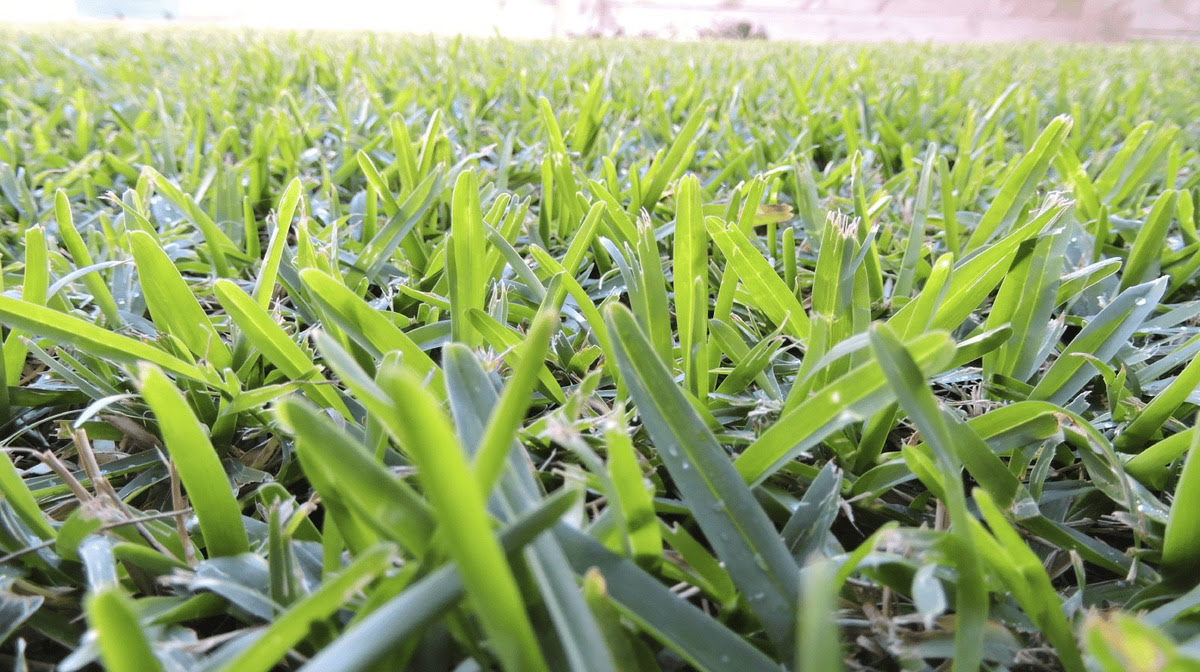

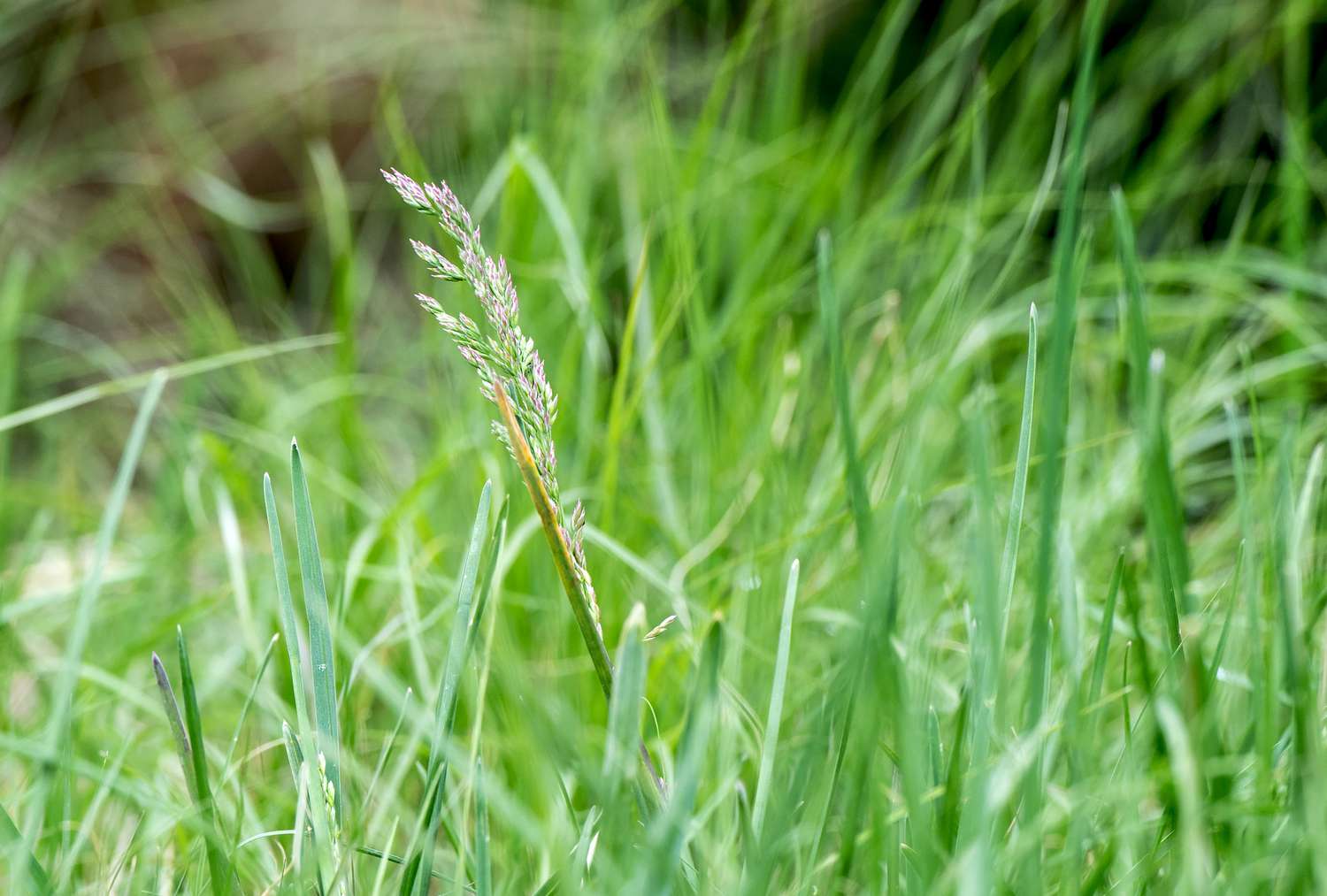
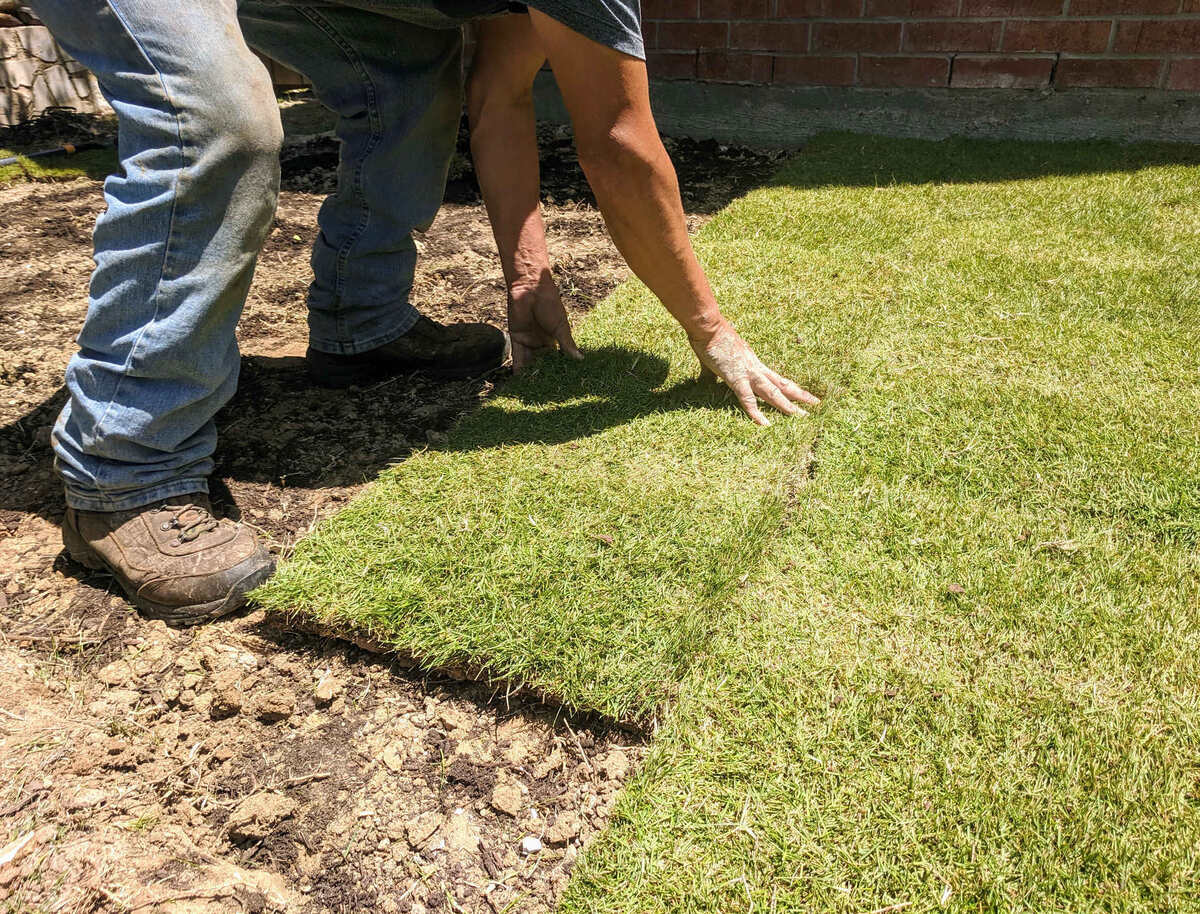
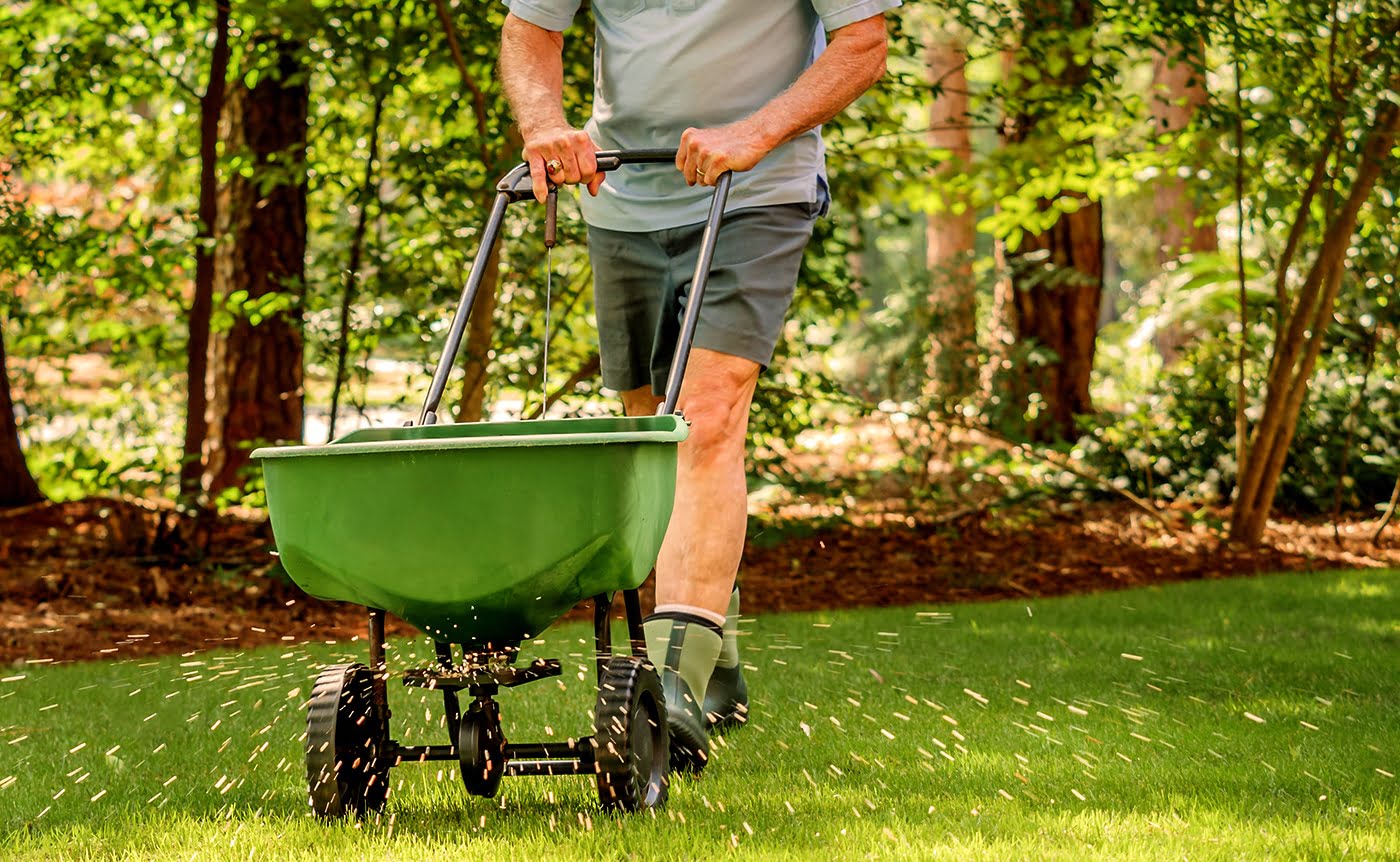

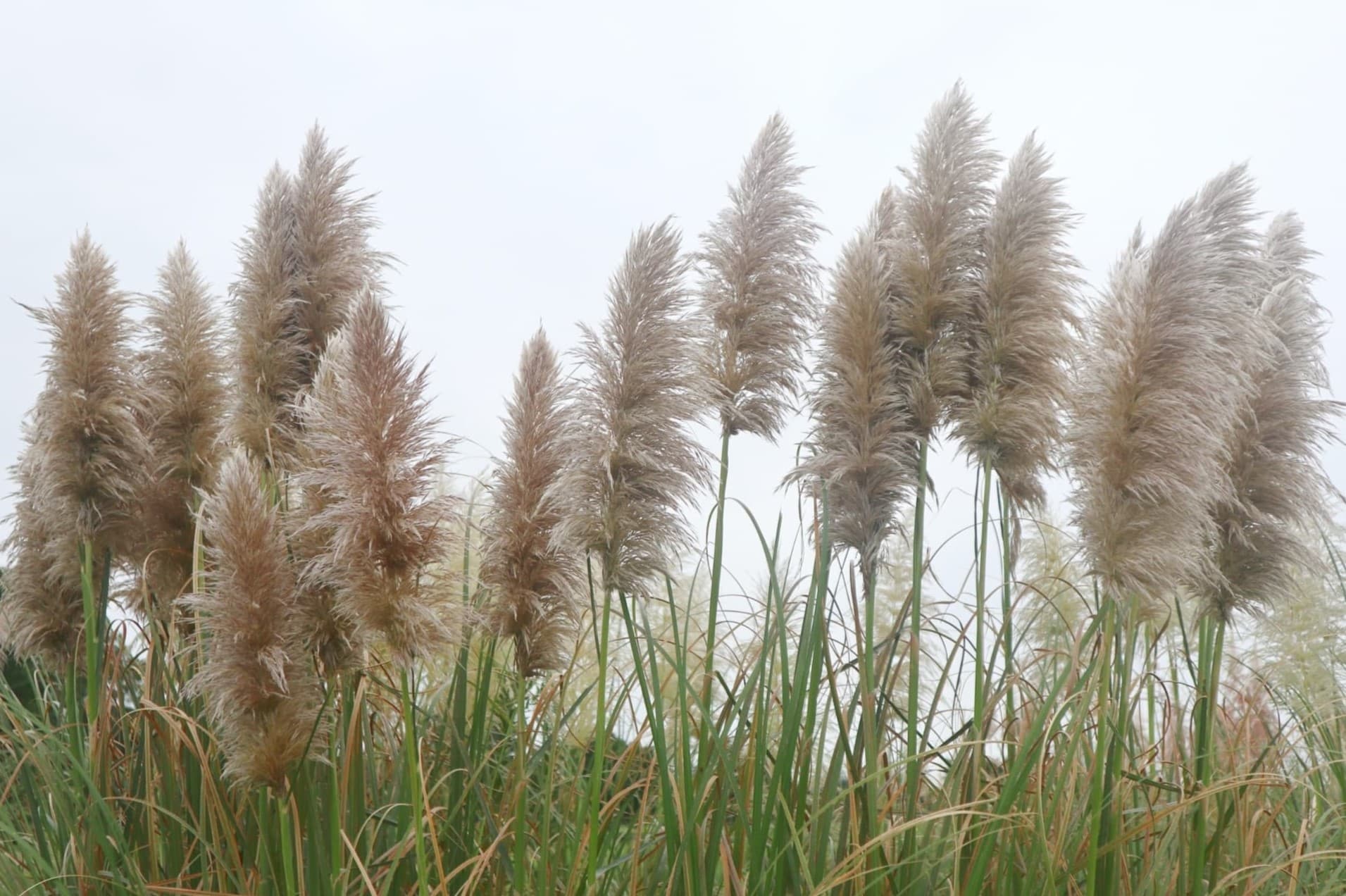
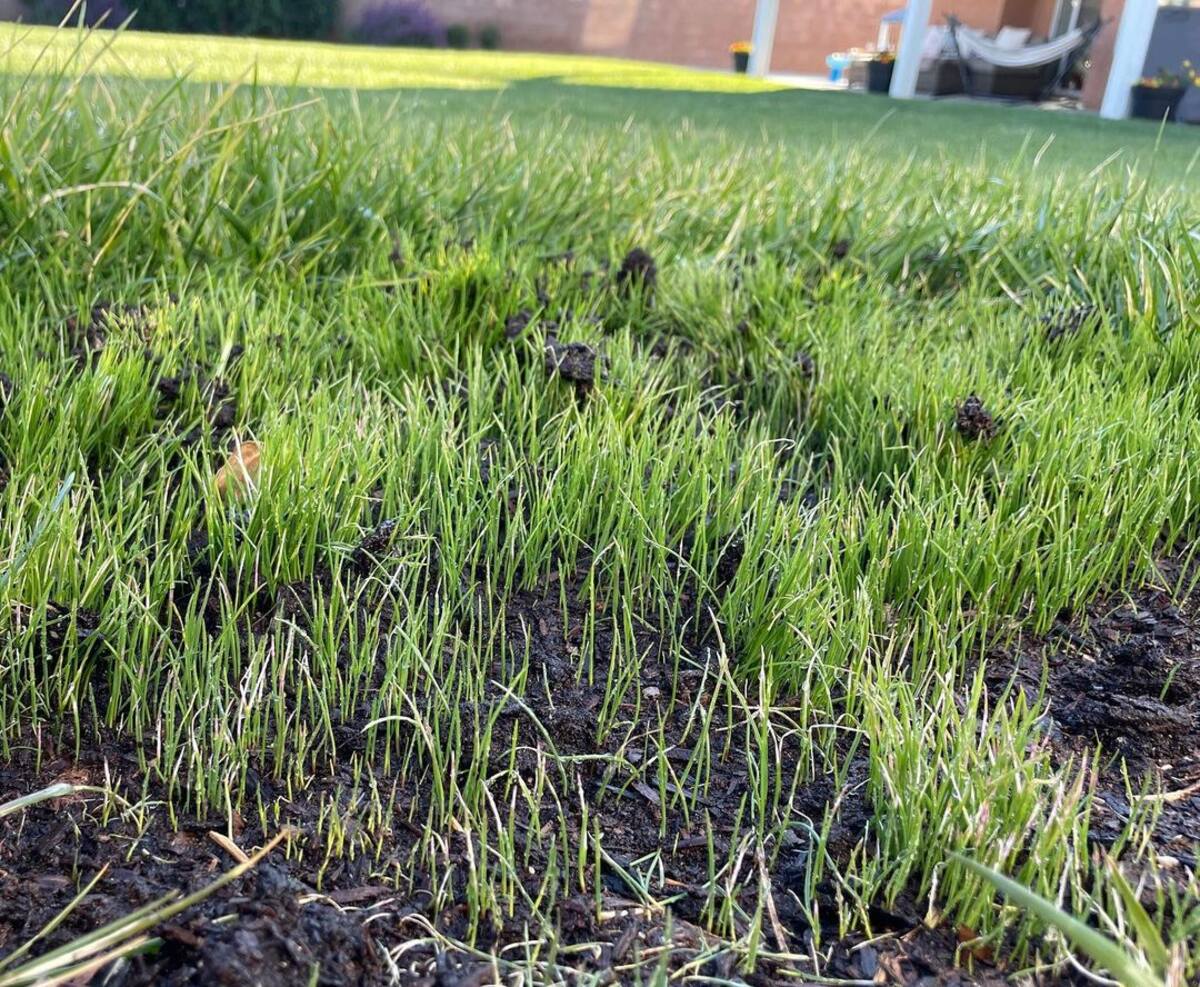
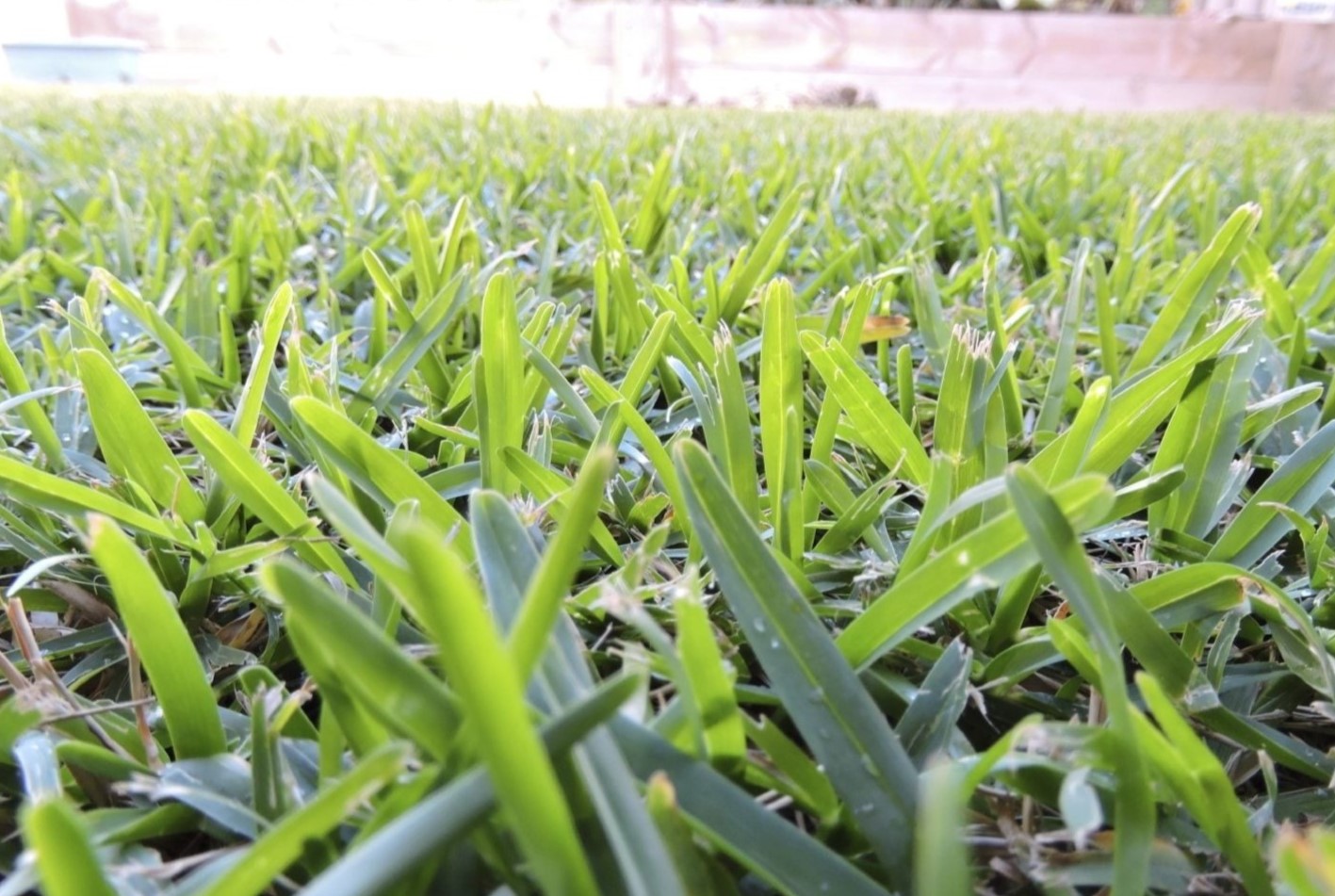

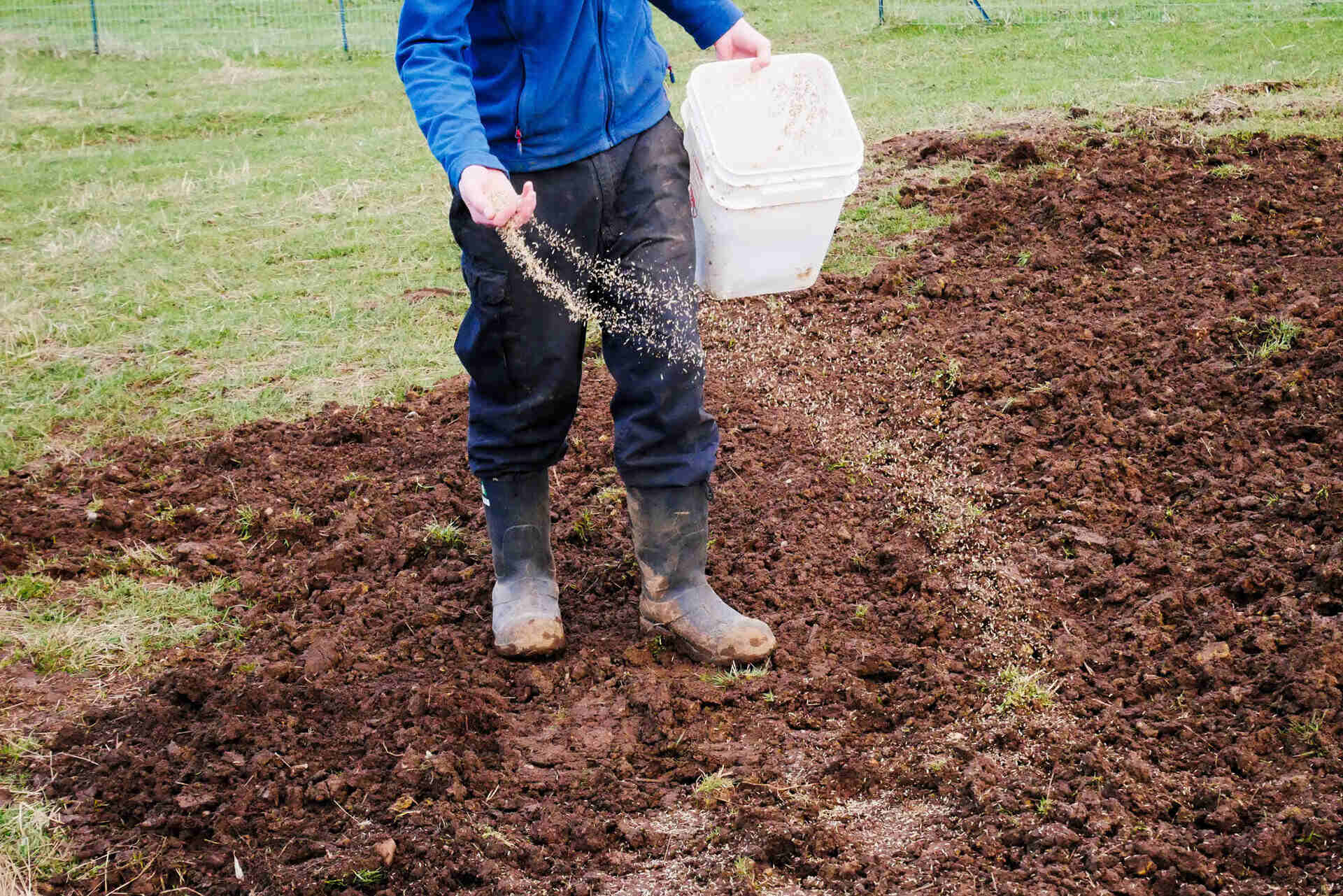
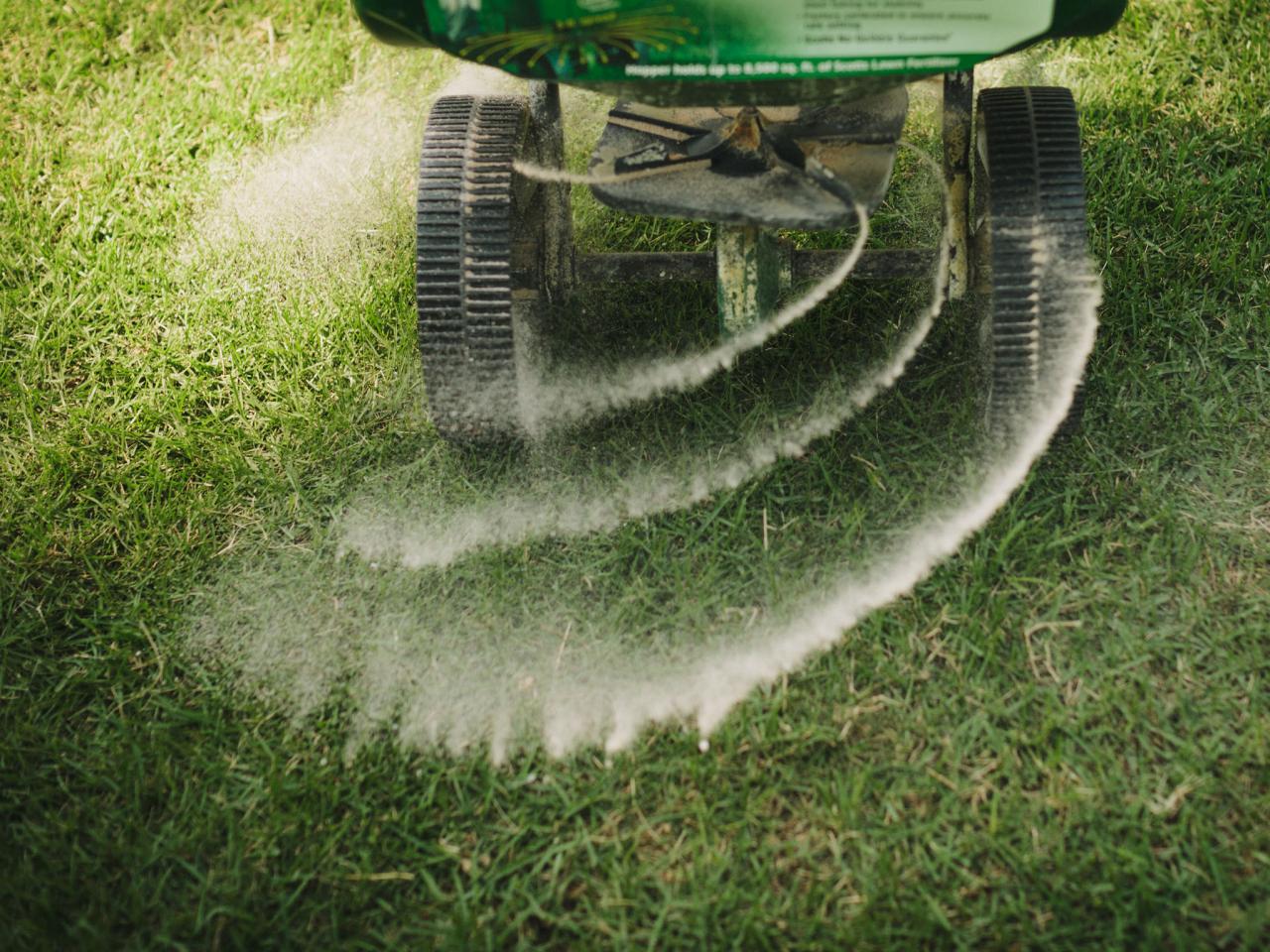


0 thoughts on “How To Spread Germinated Grass Seed”